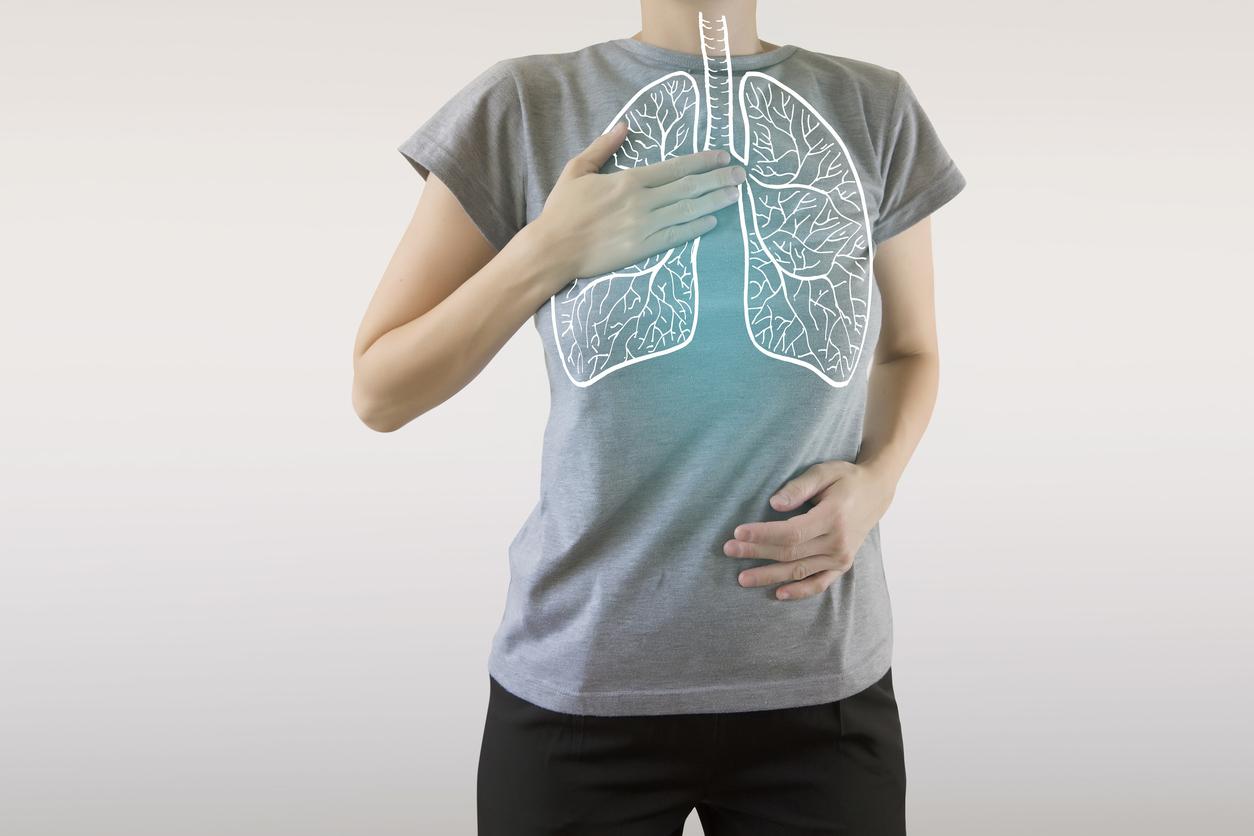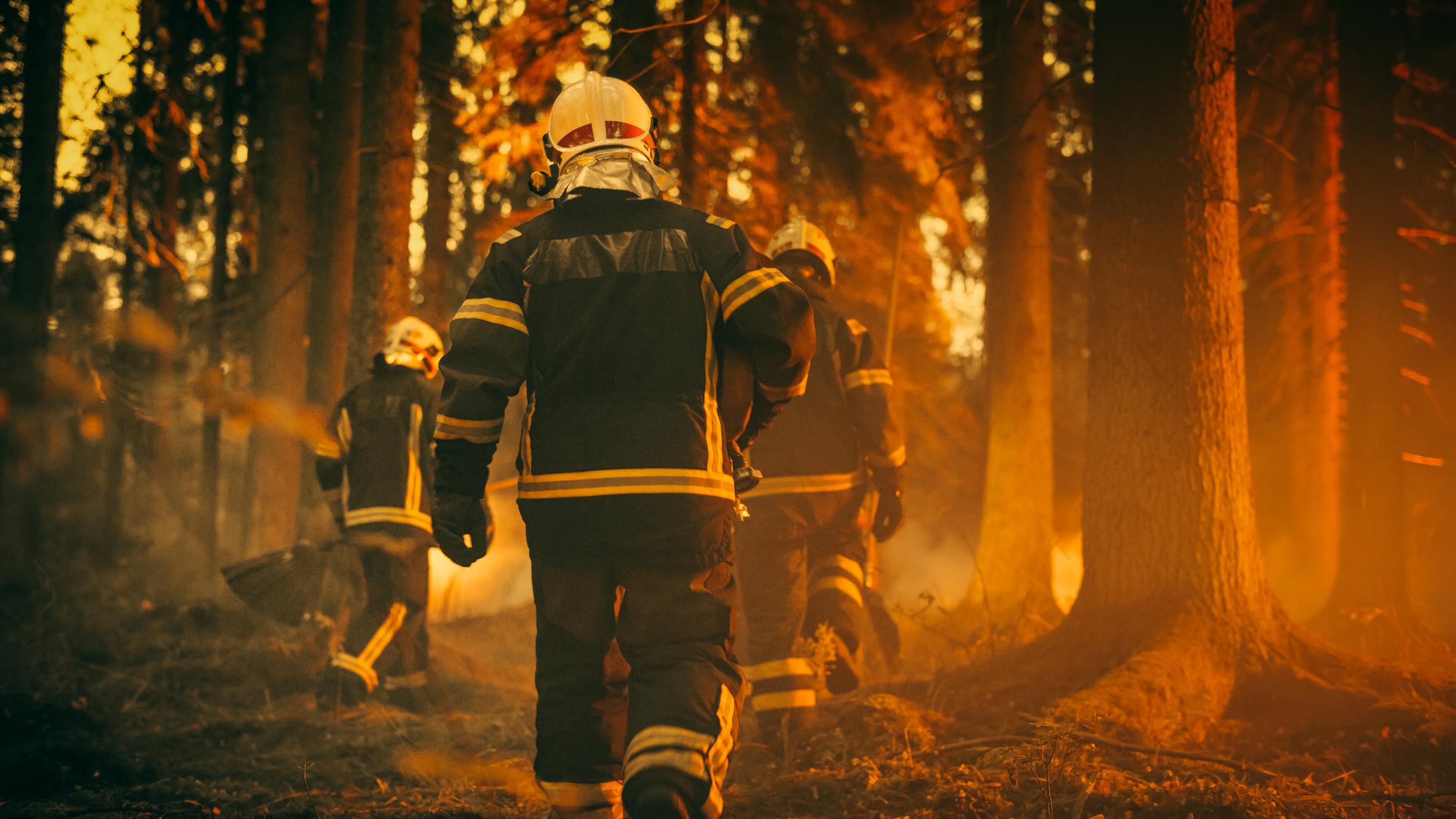The Copernicus Atmosphere Monitoring Service (CAMS), has just issued an alarming statement regarding air pollution, as a result of the 150,000 fires currently ravaging various parts of the world. This is the case in the Mediterranean rim, in Greece where islands are evacuated by the sea as the fires are out of control. In Turkey and in the eastern Mediterranean, high levels of fine particles have been detected.
What do forest fires mean for the air we breathe?
In an article published in Liberation, dated August 4, 2021, a member of the CNRS, lecturer at the University of Corsica on forest fires, Toussaint Barboni, explains the chemical composition of smoke from a forest fire and its direct consequences on human health.
It specifies that volatile organic compounds are released, known to be dangerous in humans. Nitrogen oxides are also present in the fumes, the health effects of which are: respiratory problems, which can go as far as “respiratory distress with cough, dyspnoea, fever, related to acute lung edema” reports the INRS. Or sensitivity and irritation of the eyes, which can degenerate into serious eye damage, for example. There are also extra fine particles, tar and toxic soot.
Pollution that travels thousands of kilometers
The expert interviewed by Liberation illustrates the risks by taking the example of Canada where it is estimated that between 600 and 2000 cardiovascular diseases could be attributed to these fires. On a global scale, he specifies that these are between 300,000 and 900,000 tonnes of smoke from these fires which clutter the atmosphere each year.
If these fires are not present in France, air pollution can also be impacted. And for good reason, these fumes are capable of traveling over several thousand kilometers. In the event of rain, the soil can also be polluted by these harmful particles.
Sources: Copernicus: Mediterranean region evolves into wildfire hotspot, while fire intensity reaches new records in Turkey, August 4, 2021, Global warmingPollution: “The 150,000 fires in progress in the world have impacts on the atmosphere”, Release, Oxides of NitrogenToxicological sheet n° 133, INRS
Read also:
- Algae, bacteria: nearly 92% of bathing water is of good quality
- Notre-Dame de Paris: no increase in cases of lead poisoning


















